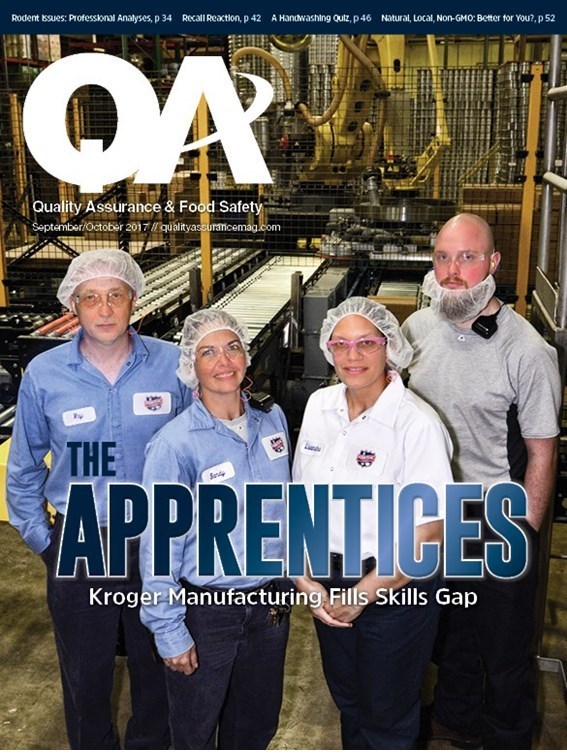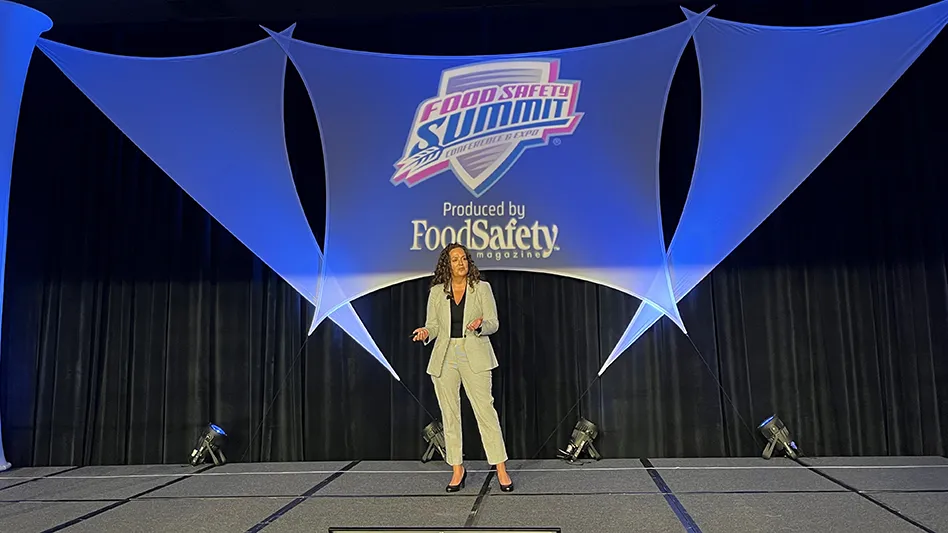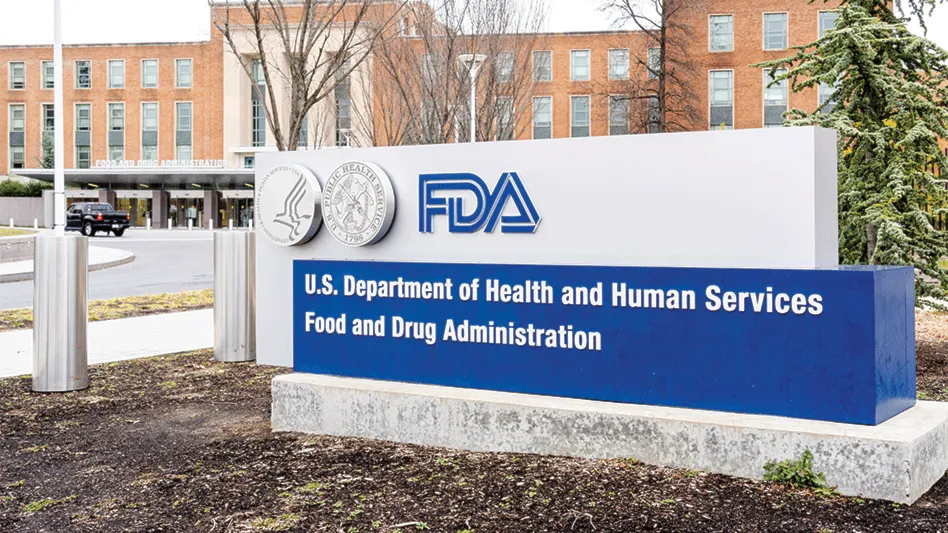
After serving in the U.S. Marine Corps, where I learned the value and honor of teamwork, I studied food science and entered the food industry in quality management.
When I started my food career, quality management meant having specifications, and testing to assure compliance was mostly to assure that the plant met regulatory requirements. Since I worked in a USDA FSIS-inspected facility, a lot of quality work was expended just to satisfy the FSIS inspectors. Although the plant and our quality leaders worked to achieve improvements in food safety, food safety was primarily the domain of the regulators.
A Food Safety Evolution. Since that time, the industry has learned that food safety is paramount, and the industry has matured in its thinking, taking the primary lead in program and policy development. How has food safety become paramount for manufacturing and specifically quality managers?
I think back to the space program and the need for safe food to travel into this new unknown. (See QA’s profile on NASA’s current “Food in Space” programs.) HACCP was developed for NASA in the 1960s, giving the industry a tool to use in the development of its own food safety programs.
At this point, food manufacturers were using a risk-analysis tool to determine potential risks and finding methods that prevented them. Those of us who there at that time learned a lot about verification and validation — proving that our methods were, indeed, capable of delivering safe products.
HACCP TO FSMA TO SOCIAL MEDIA. By the 1990s, regulators eventually got on the HACCP bandwagon and the juice HACCP regulation took effect; then USDA picked it up; and now FSMA has made us all understand new words that have the same meanings as the original HACCP — with preventive controls being just one example of that.
In this same timeframe, allergens moved to the forefront of consumer thoughts, and food poisonings with “new” pathogens also presented previously unrecognized risks to the food manufacturing and distribution industries — think Listeria and Norovirus.
The advent of social media also has given a voice to what I call “the vocal few.” We get information now from many sources and some of those are not the most knowledgeable in the field of food safety.
All this has come down to today, in which we now have an environment where we are truly food safety professionals, and we can be certified as such by becoming a PCQI or even a CFS (Certified Food Scientist). We work in an industry that all consumers need — and for which the consuming public has conceptions and misconceptions about the safety of their foods.
We work every day to get raw goods from the fields to the metropolises in a condition that will nourish the population and nourish them safely.
ONE IN A MILLION? Thus, while Six Sigma has been used by many operations to improve plant processes, can we afford to use its quality methods for food safety? Or are we willing to accept its standard of one-in-a-million defects when it comes to food safety? Let’s take a closer look.
Six Sigma is built on the principle that accepts that there are 3.4 defects in one million samples, or 99.99966% of the samples will be outside of plus or minus three (+3) standard deviations (defined as out of specification when the population is sampled and has a normal distribution). In the food safety business, are we willing to accept that 3.4 of every million consumers will be poisoned if we use Six Sigma management?
Let’s look at this with another view. There are 323 million people in the U.S. If each person eats three meals a day, that is almost one billion opportunities to have a food safety failure every day. Even at a failure rate of one in a million (better than Six Sigma!), that’s 1,000 food poisonings each day. Over the course of a year, we could have 365,000 food poisonings.
According to 2016 estimates from the Centers for Disease Control and Prevention (CDC), there are more than 48 million food poisonings, 128,000 hospitalizations, and some 3,000 deaths every year in the U.S. Compare this to my calculations of a food safety failure rate of one in a million, and you can see that we are (unfortunately) nowhere near as low as one in a million yet, as the one-in-a-million defect rate calculates to 365,000 food poisonings vs. CDC’s estimate of 48 million food poisonings currently occurring.
PERFECTION AS THE ULTIMATE GOAL.Even a failure rate using Six Sigma would be better than current rates, but do we need to be better? Do we need perfection? Yes, we do need to strive for perfection. But, at this point, we need to work toward Six Sigma success, then get to one-in-a-million success.
Let’s coordinate our efforts, use the value and honor of teamwork that the Marines teach, and get there sooner rather than later. As Dave Theno often said, food safety is not a competitive advantage. We need to share and work together to achieve this level of success.

Explore the October 2017 Issue
Check out more from this issue and find you next story to read.
Latest from Quality Assurance & Food Safety
- FDA Issues Update on Post-Market Assessment of Tara Flour
- ASI Announces Training Partnership with Rootwurks
- Nfinite Nanotech Closes $6.5 Million Seed Financing to Create Flexible Food Packaging with Nanotechnology
- University of Pretoria Food Science Student Wins IFT and PepsiCo’s Academic and Travel Undergraduate Hybrid Scholarship
- Kraft Natural Cheese and Shawn Johnson East Celebrate Launch of Kraft Signature Shreds
- Natural Sourcing International Announces Voluntary Recall of Black Chia Seeds
- PTNPA's DC Fly-In Connects Members with Policymakers
- Breck Partners Acquires NPX One





